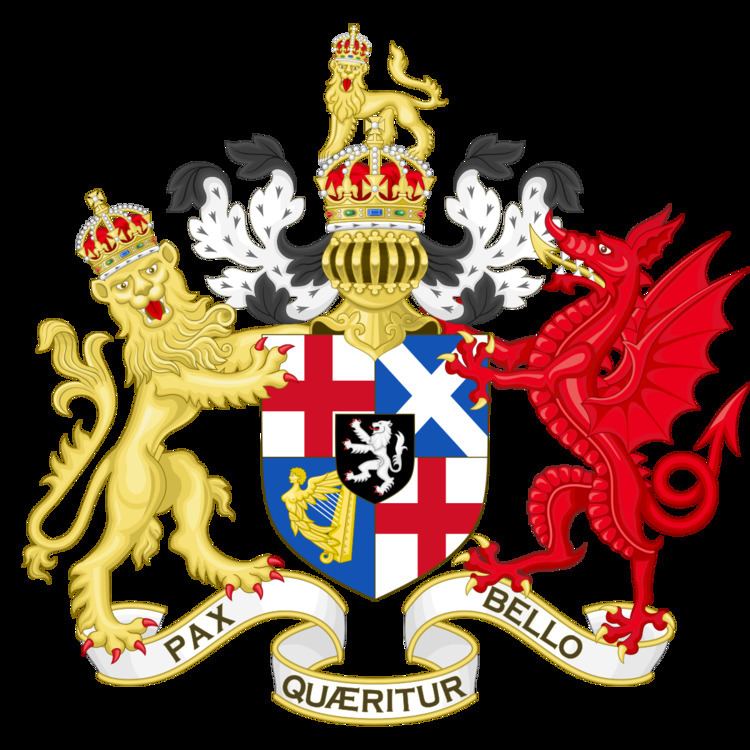Commencement 25 May 1657 | ||
 | ||
Territorial extent EnglandScotlandIrelandOther dominions Repealed by Declaration of BredaIndemnity and Oblivion Act Relates to | ||
The Humble Petition and Advice was the second, and last, codified constitution of England after the Instrument of Government.
On 23 February 1657, during a sitting of the Second Protectorate Parliament, Sir Christopher Packe, a Member of Parliament and former Lord Mayor of London (chosen by those supporting Kingship as he was a less controversial character than the leaders of the Kingship party), presented the Lord Protector Oliver Cromwell with a remonstrance which became known as the Humble Petition and Advice. Although he presented it, Packe was not the author.
The remonstrance came about largely as a result of the rise of the New Cromwellians. They in themselves were an expression of strong latent support for monarchy and the English traditional constitutional limits on its power, a desire to lose the military overtones of the earlier Protectorate and the increasingly small level of control Cromwell was able to exert due to ill health and frustration with a lack of revolutionary ideology amongst his subjects.
The intention of the Humble Petition and Advice was to offer a hereditary monarchy to Oliver Cromwell, to assert Parliament's control over new taxation, to provide an independent council to advise the king, to assure the holding of 'Triennial' meetings (every three years) of Parliament, and to reduce the size of the standing army in order to save money, amongst other things. These had the effect of limiting, not increasing, Cromwell’s power.
Cromwell refused the Crown, on 8 May 1657. This may have been because he feared disaffection in the Army, especially considering the proposed reduction in its size, was distressed by allegations of dynastic ambition, did not genuinely accept that a monarchy was necessary in England, or because he feared reinstating a monarchy on the basis that he believed it had been judged by God in the period following the English Civil War.
The Humble Petition and Advice was amended to remove the clause on kingship. Due to the Naylor case, it was also modified to include a second chamber.
On 25 May, Cromwell ratified a modified Humble Petition and Advice, saying he would nominate his successor as Lord Protector.
